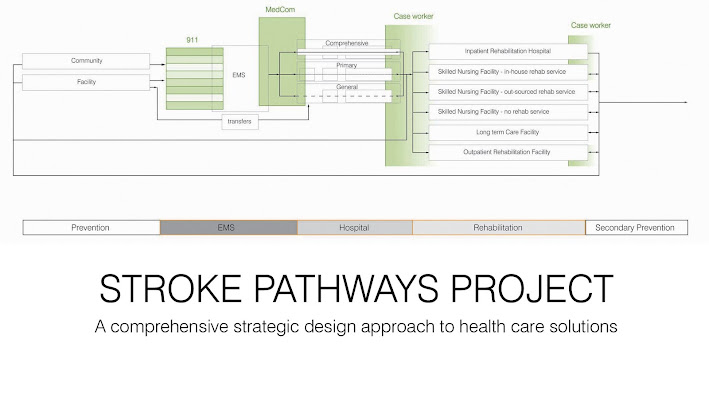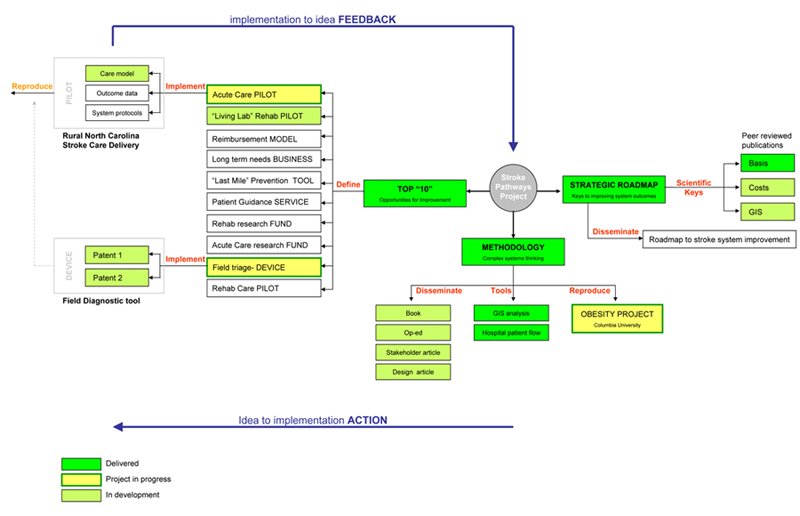 We are currently working to implement a unique care delivery system in the heart of America’s Stroke Belt that would improve stroke outcomes, reduce costs, and extend the reach of care to underserved communities in North Carolina while building a replicable model nationwide.
We are currently working to implement a unique care delivery system in the heart of America’s Stroke Belt that would improve stroke outcomes, reduce costs, and extend the reach of care to underserved communities in North Carolina while building a replicable model nationwide.A NEW STROKE DELIVERY MODEL
North Carolina has the 4th highest stroke mortality rate in the nation (twice the national average) and while improvements have been made in stroke care, the overall system of care is far from where it can be.
The idea is to extend the reach of care to underserved communities in Robeson County through Lumberton’s Southeastern Regional Medical Center (SRMC). This is made possible by an integrated knowledge, team, and service model between SRMC and the North Carolina Neurosciences Hospital at UNC (NSH-UNC):
1. Partner with the existing stroke services at the North Carolina Neurosciences Hospital at the University of North Carolina (NSH-UNC).
2. Implement a new stroke patient segmentation system to better match care needs with therapy options
3. Extend the reach of care to underserved communities in Robeson County through Lumberton’s Southeastern Regional Medical Center (SRMC).
4. Apply our System Design know-how to redesign and integrate a new comprehensive delivery system to better serve patient outcomes at lower costs.
Our approach is unique in that it is based on:
1. Triaging stroke patients along an integrated, full care cycle
2. Segmenting patients by imaging-based acuity to match them with most effective care
3. A hub and spoke delivery model to extend care to rural, underserved communities
We believe we have the right strategic insights, stakeholder buy-in, decision making support, and team partnership to implement a successful and robust system.
If you are interested in learning more, please contact us at:
Marco Steinberg
Director of Strategic Design
SITRA, the Finnish Innovation Fund
marco.steinberg@sitra.fi


